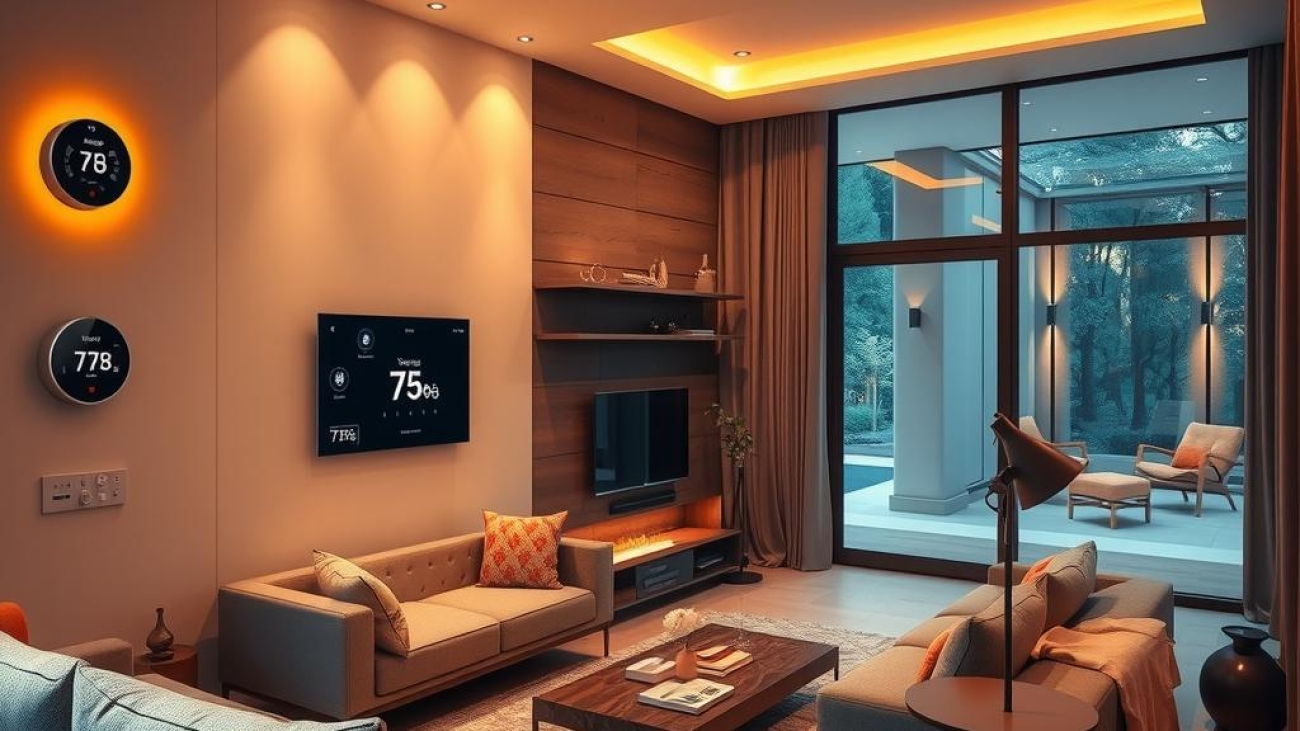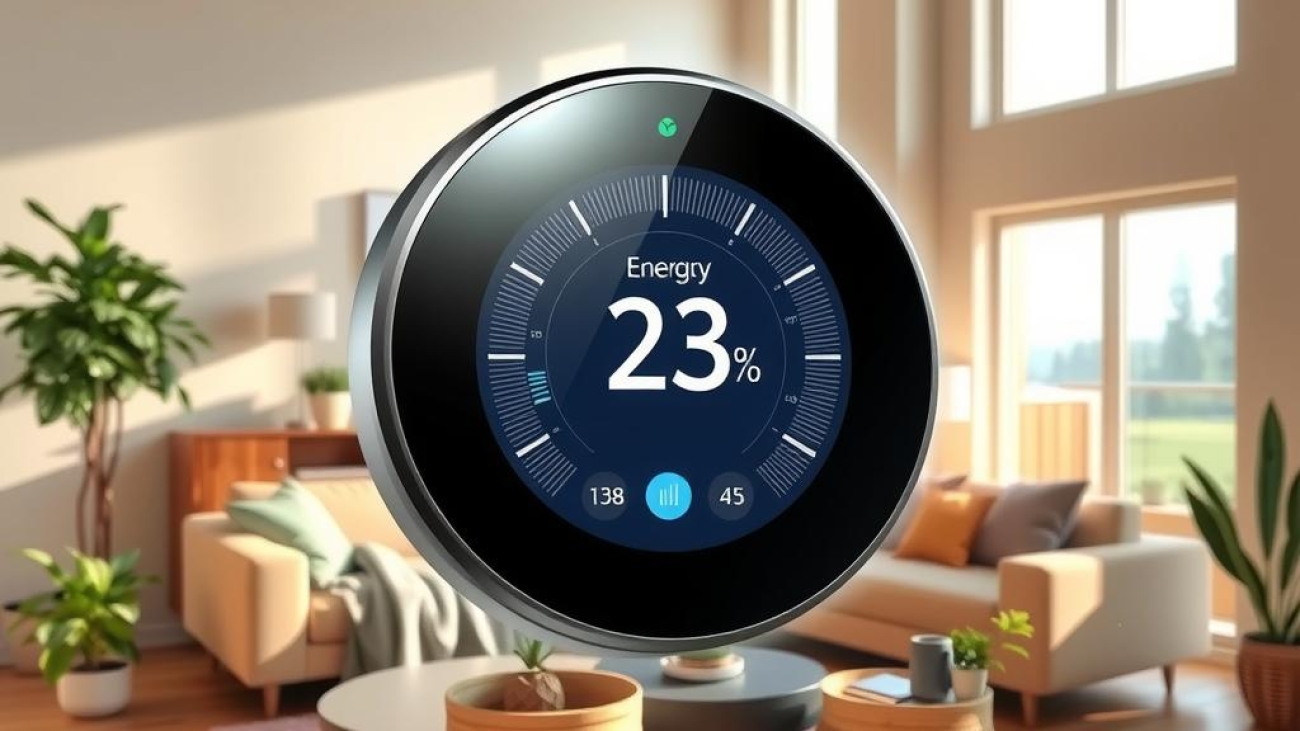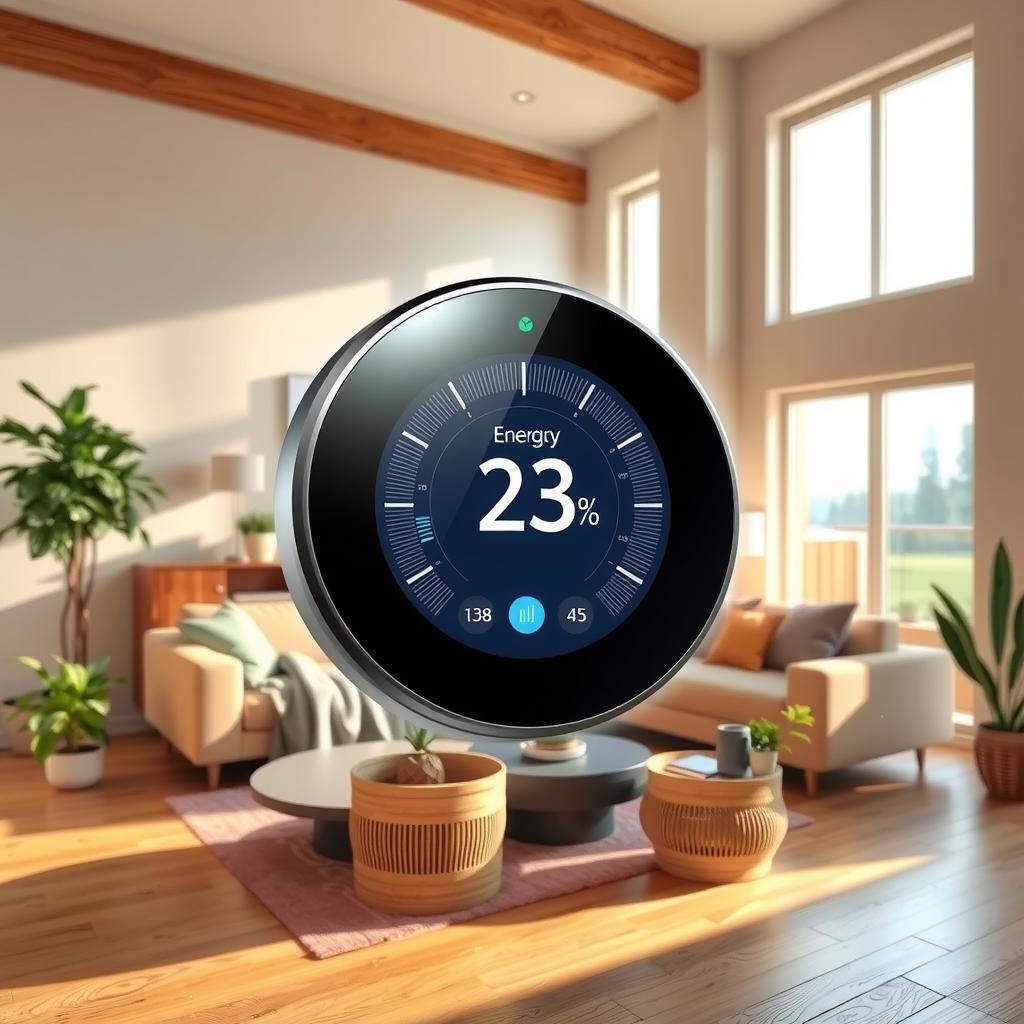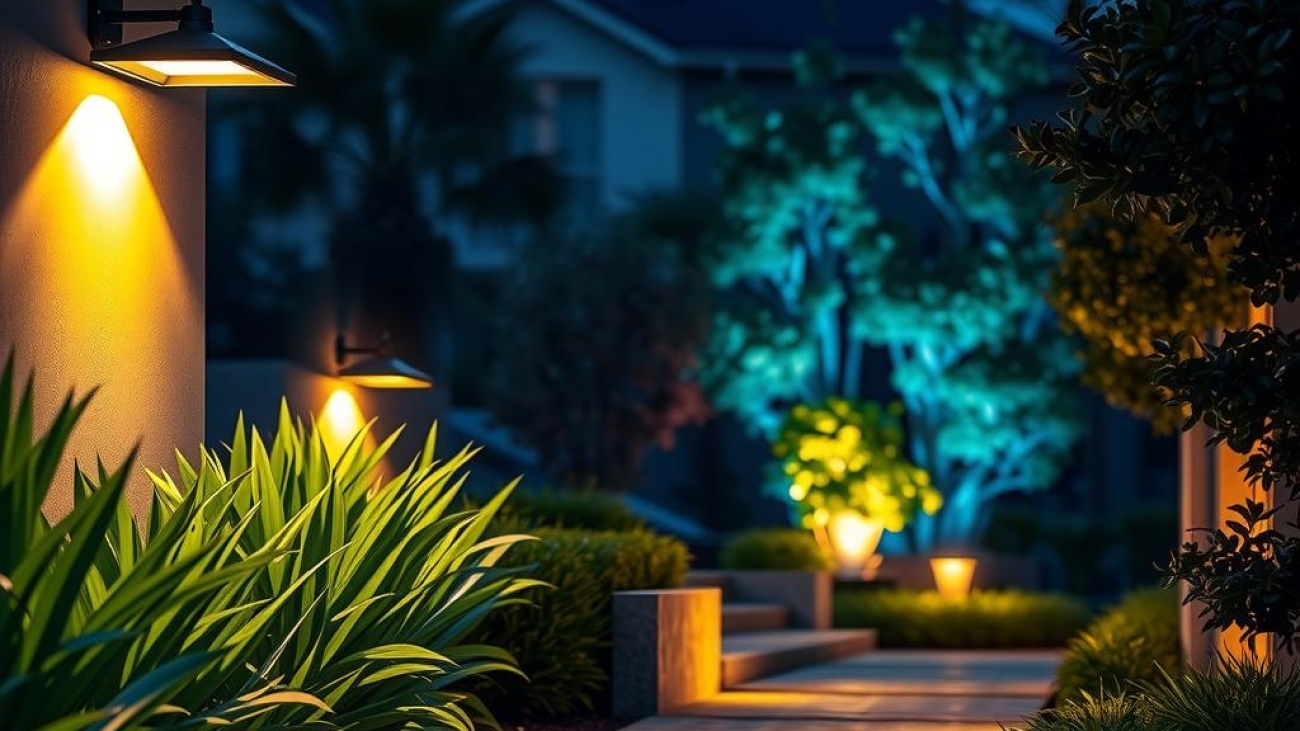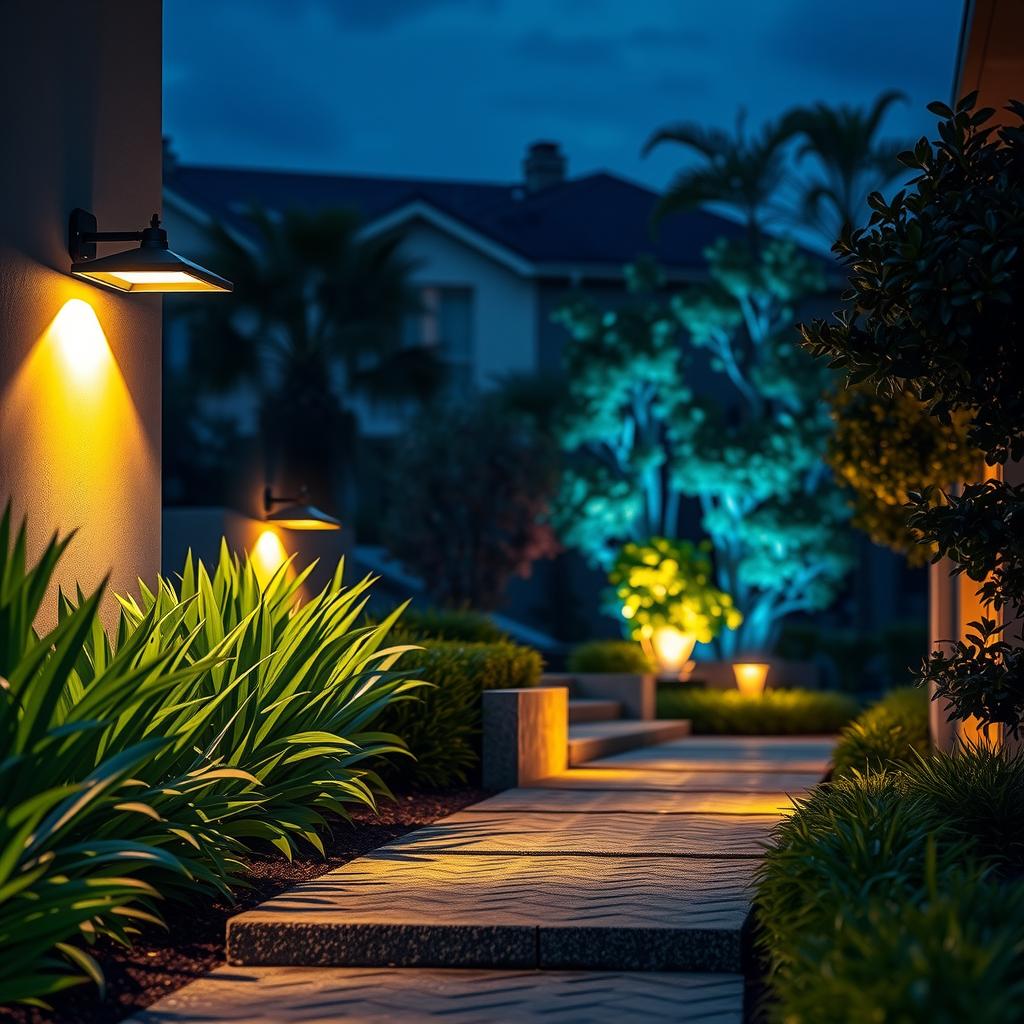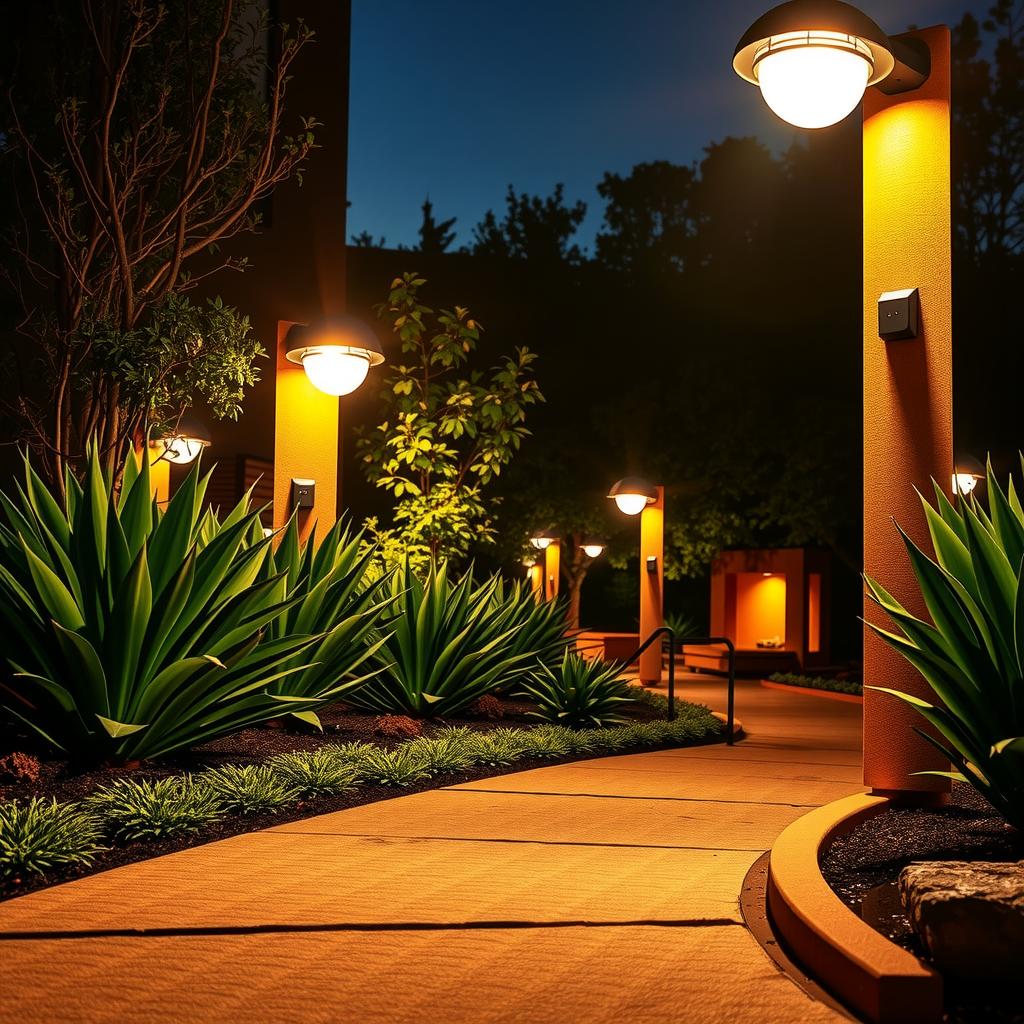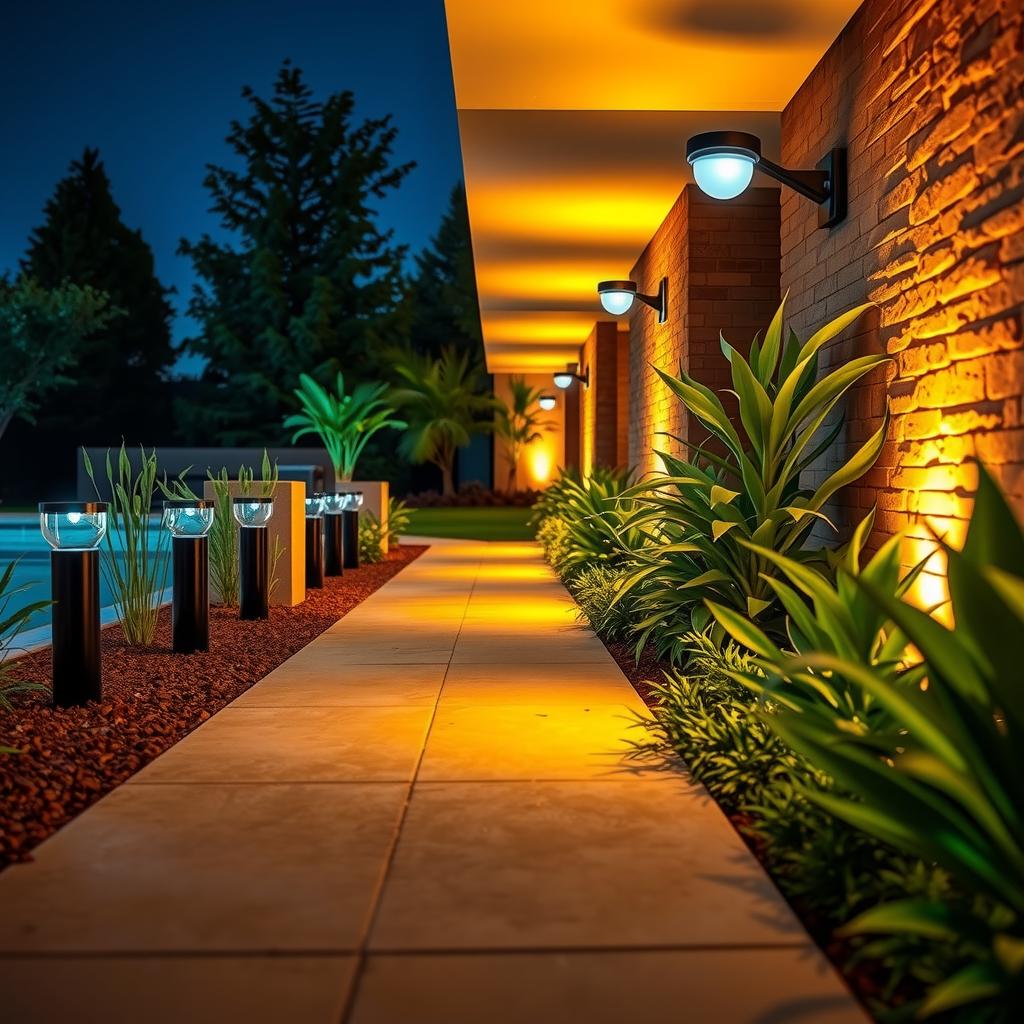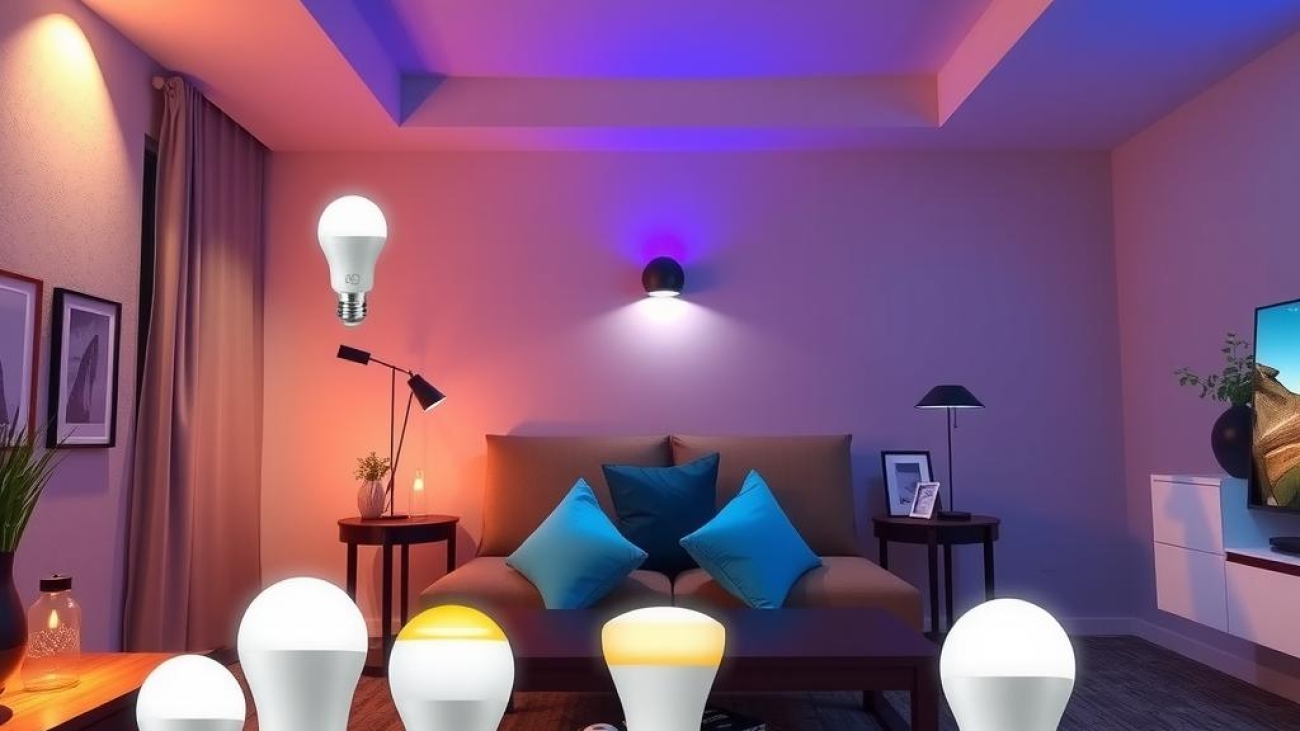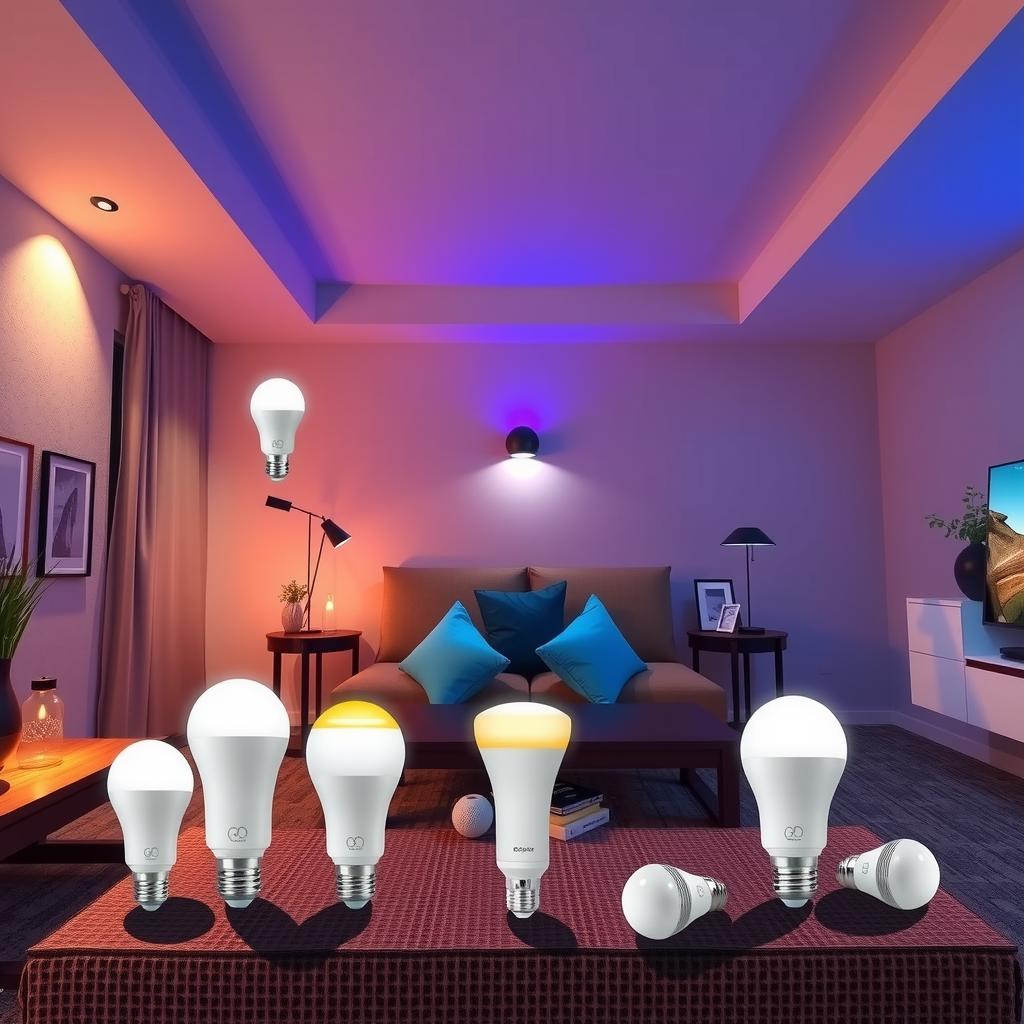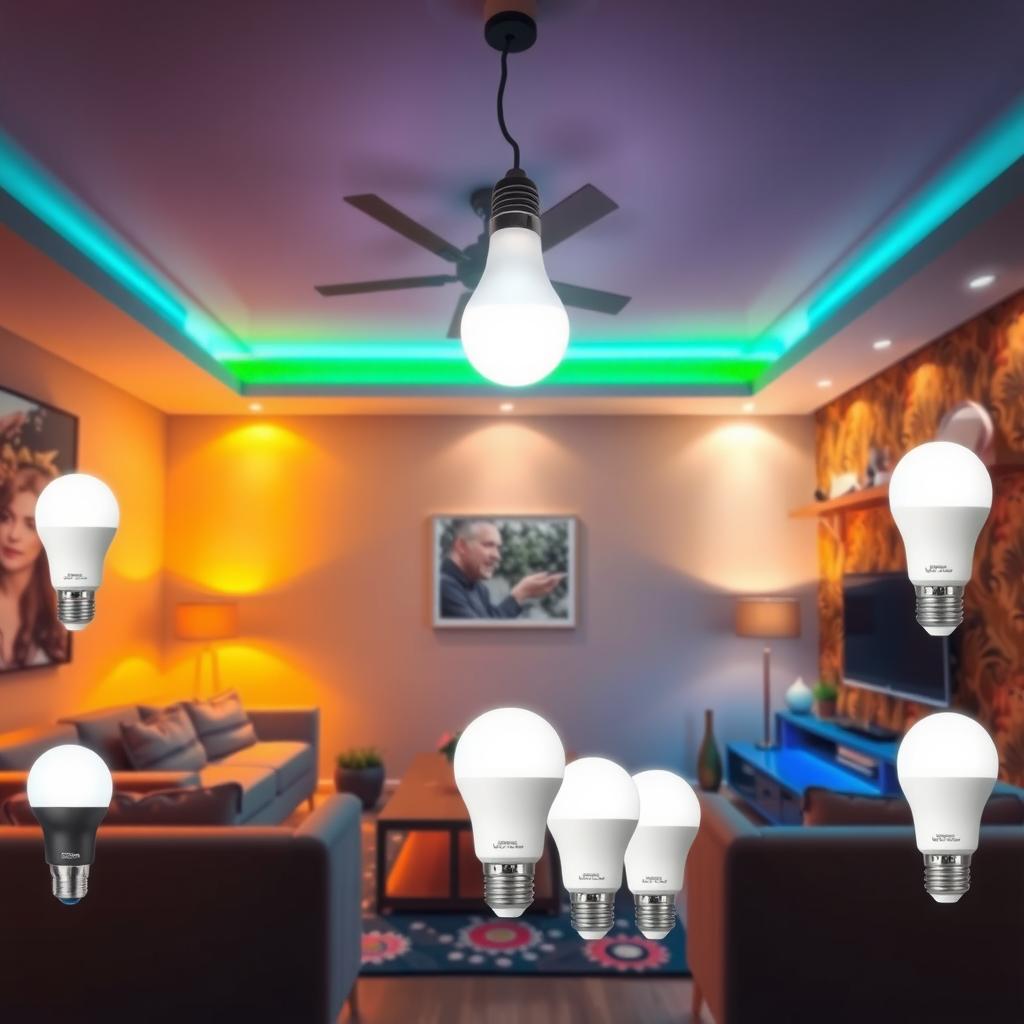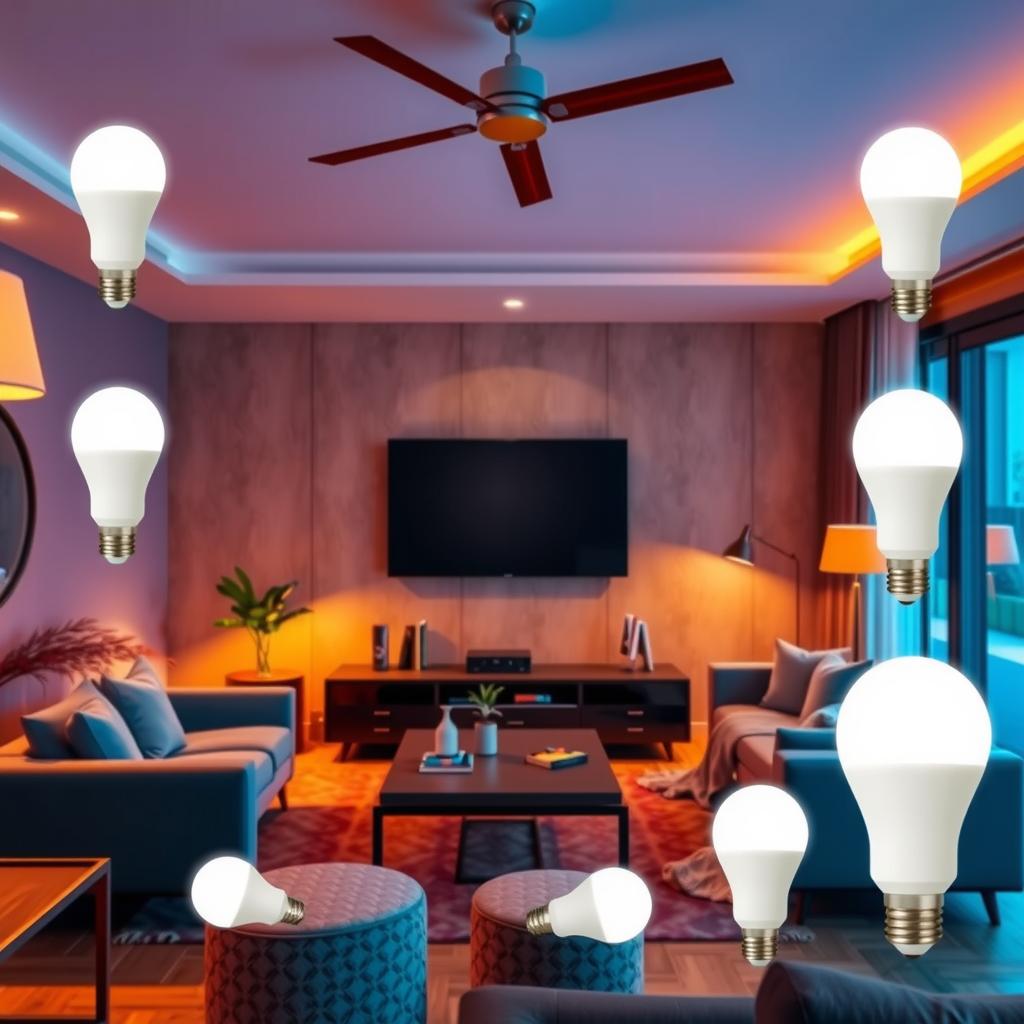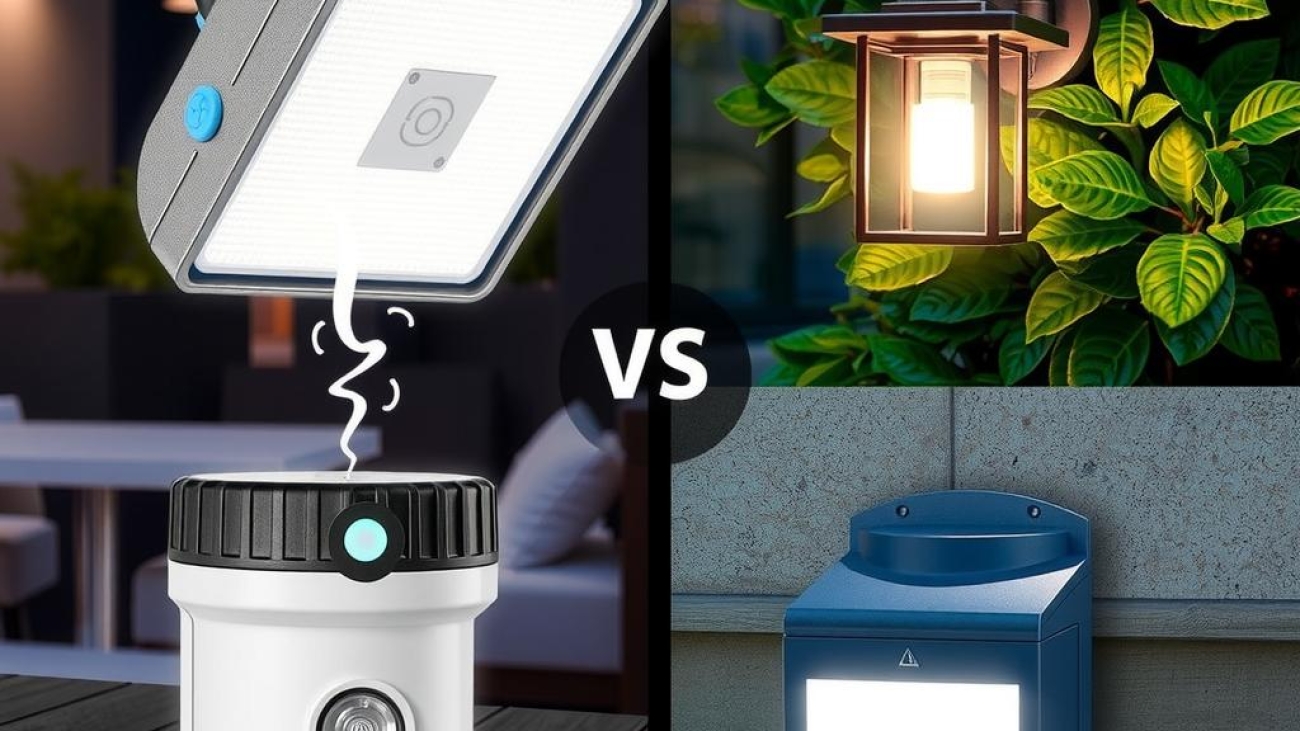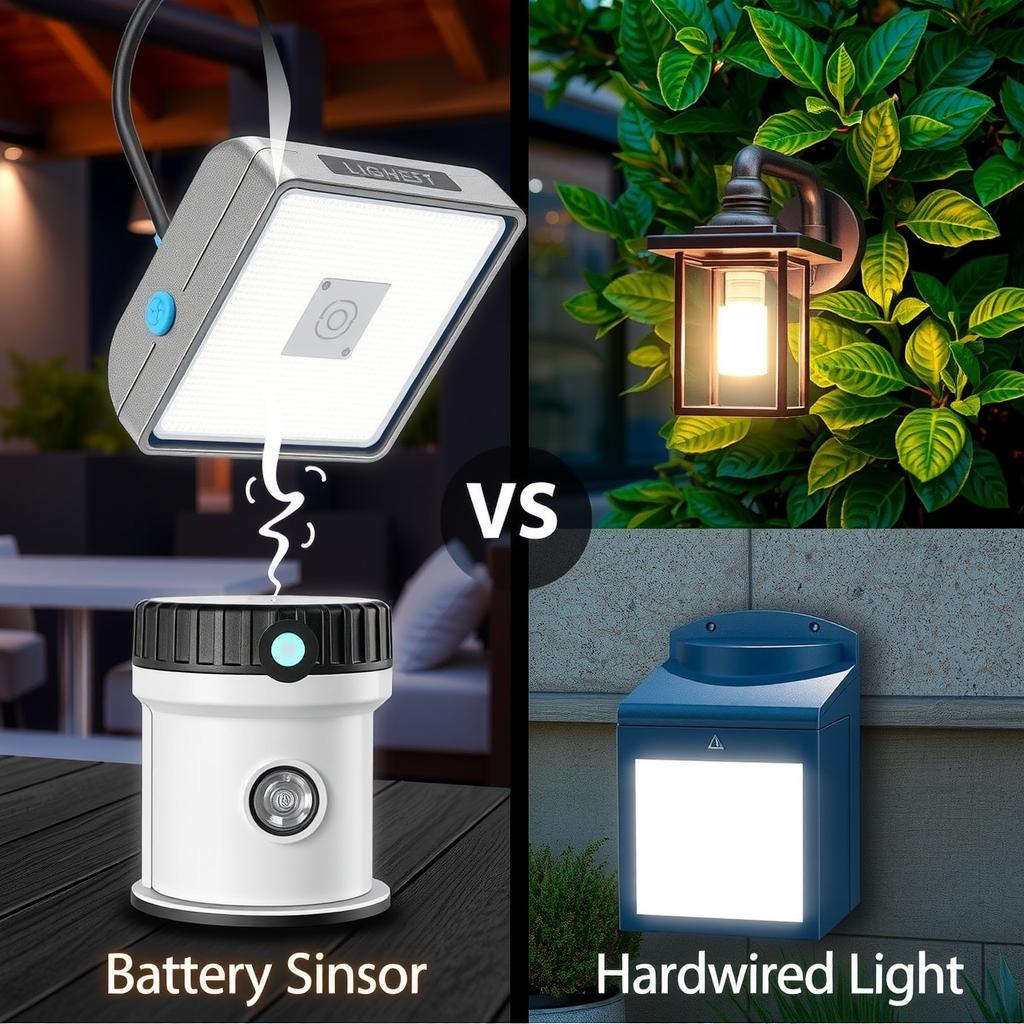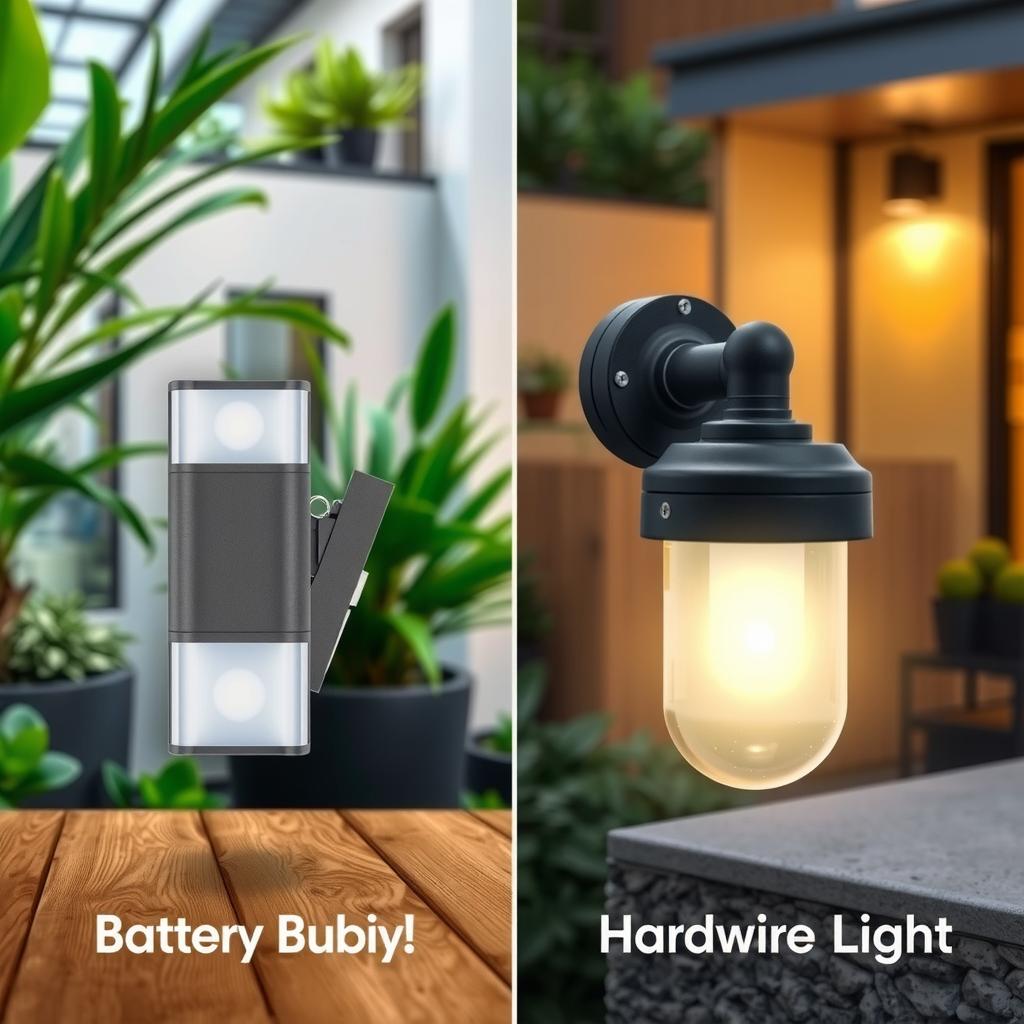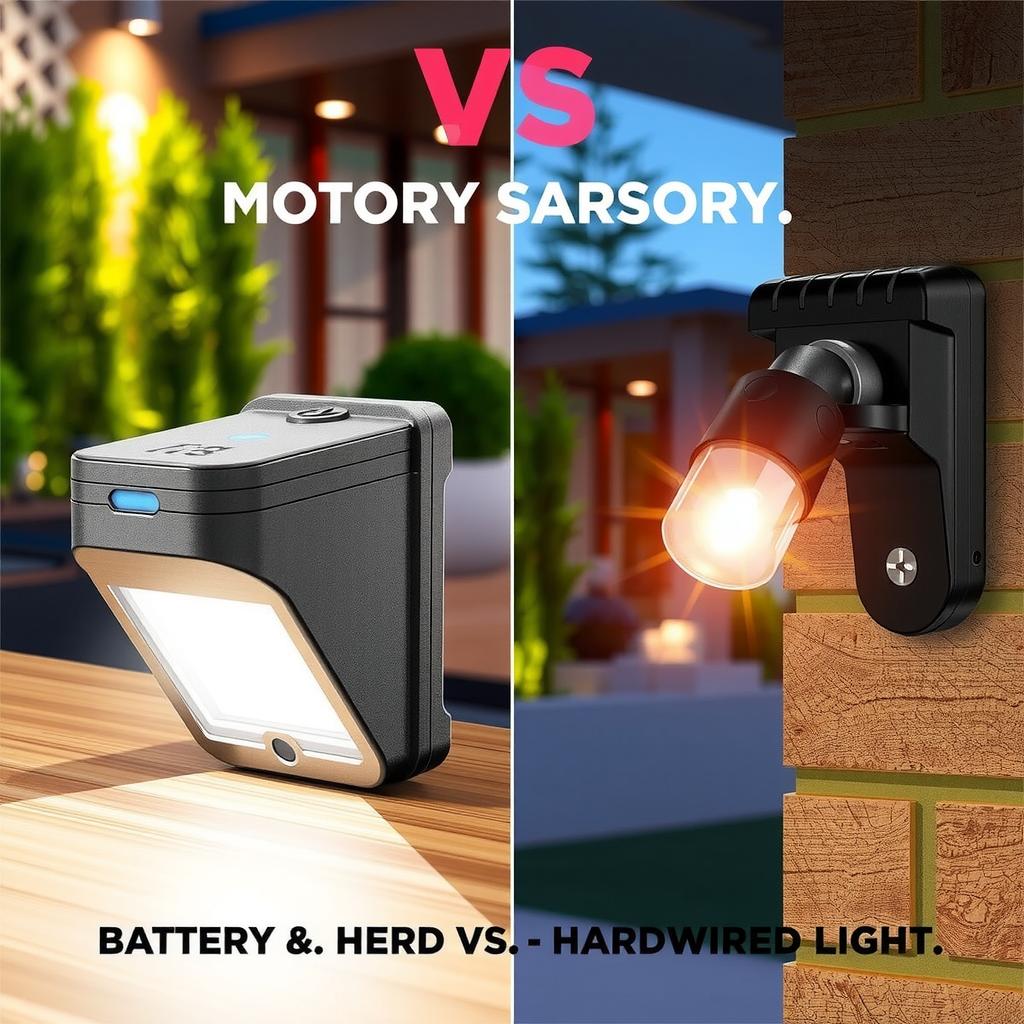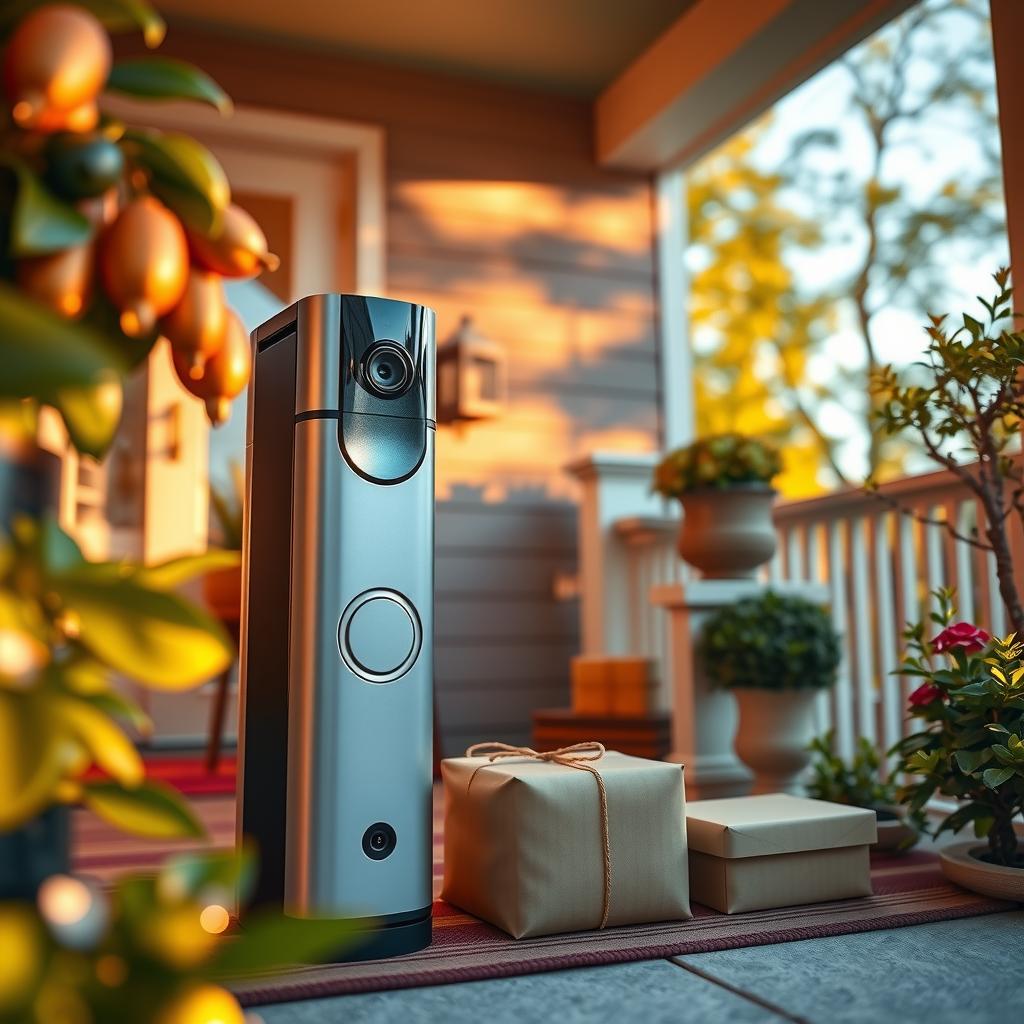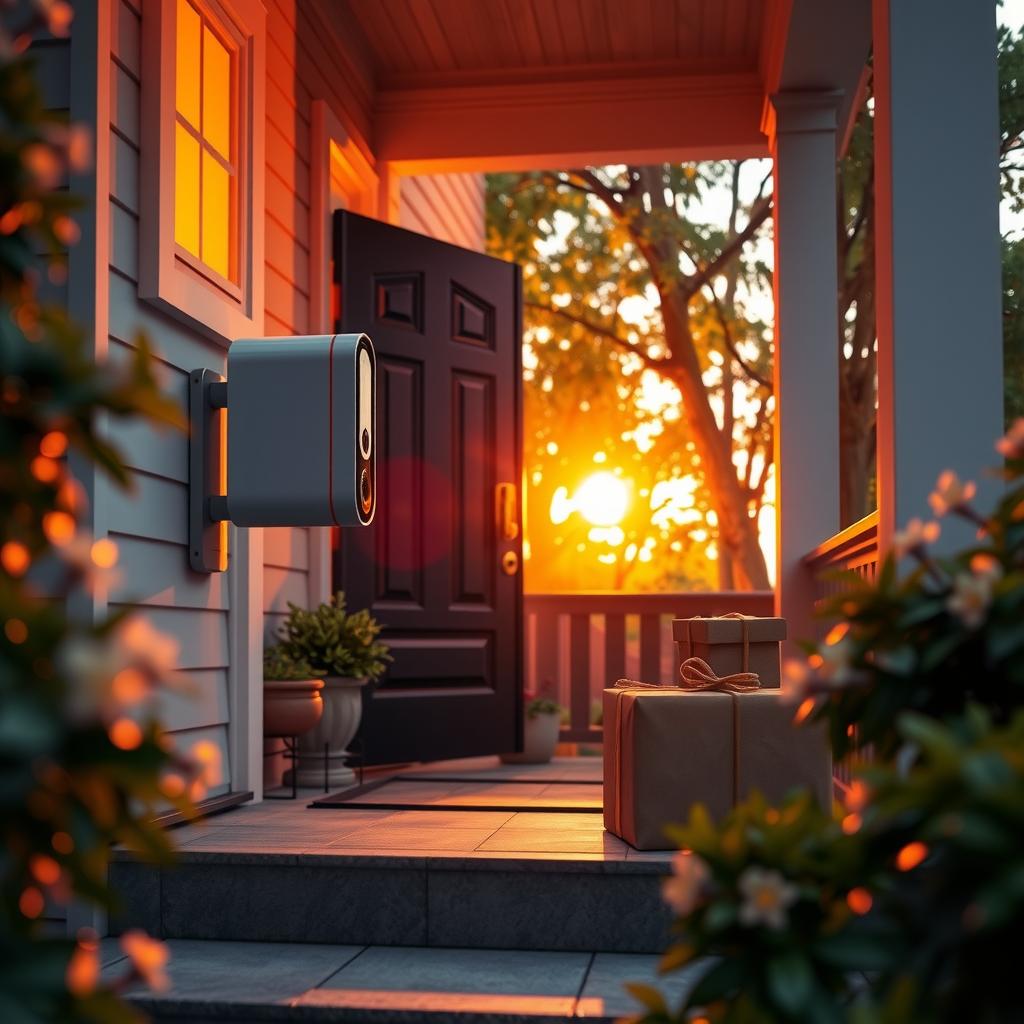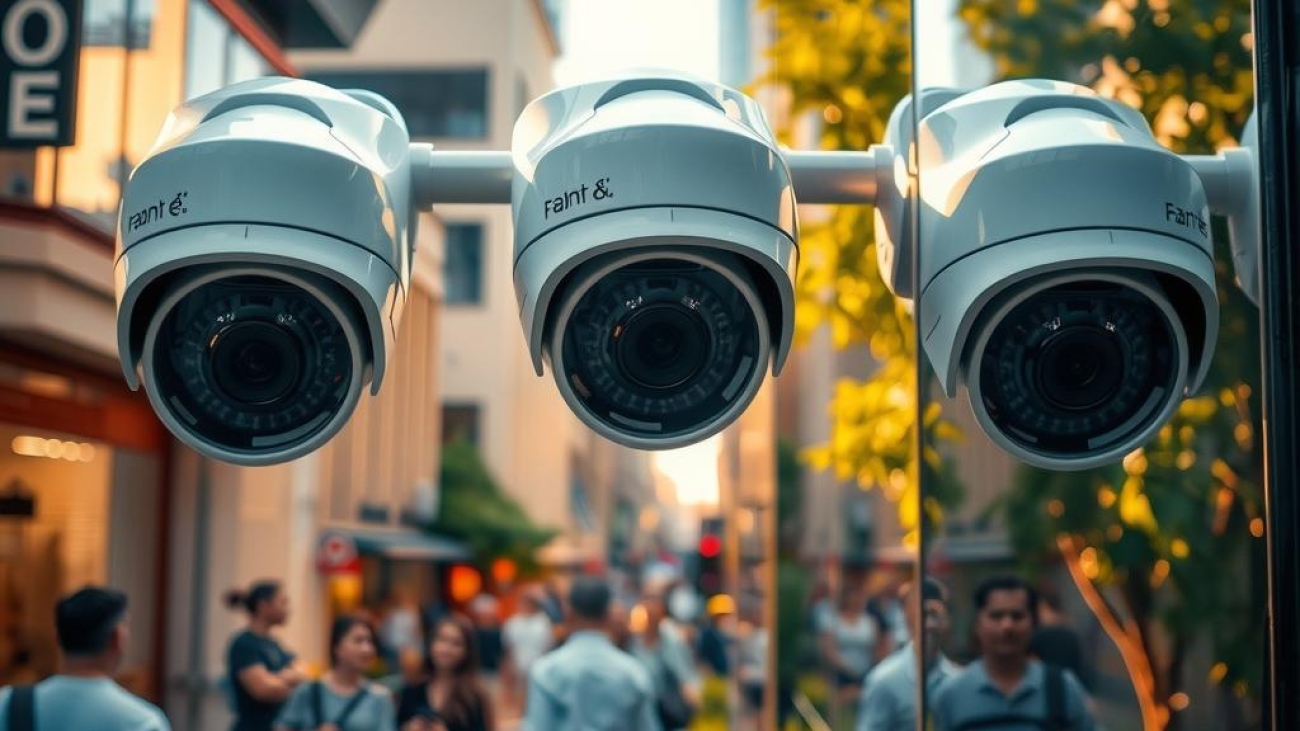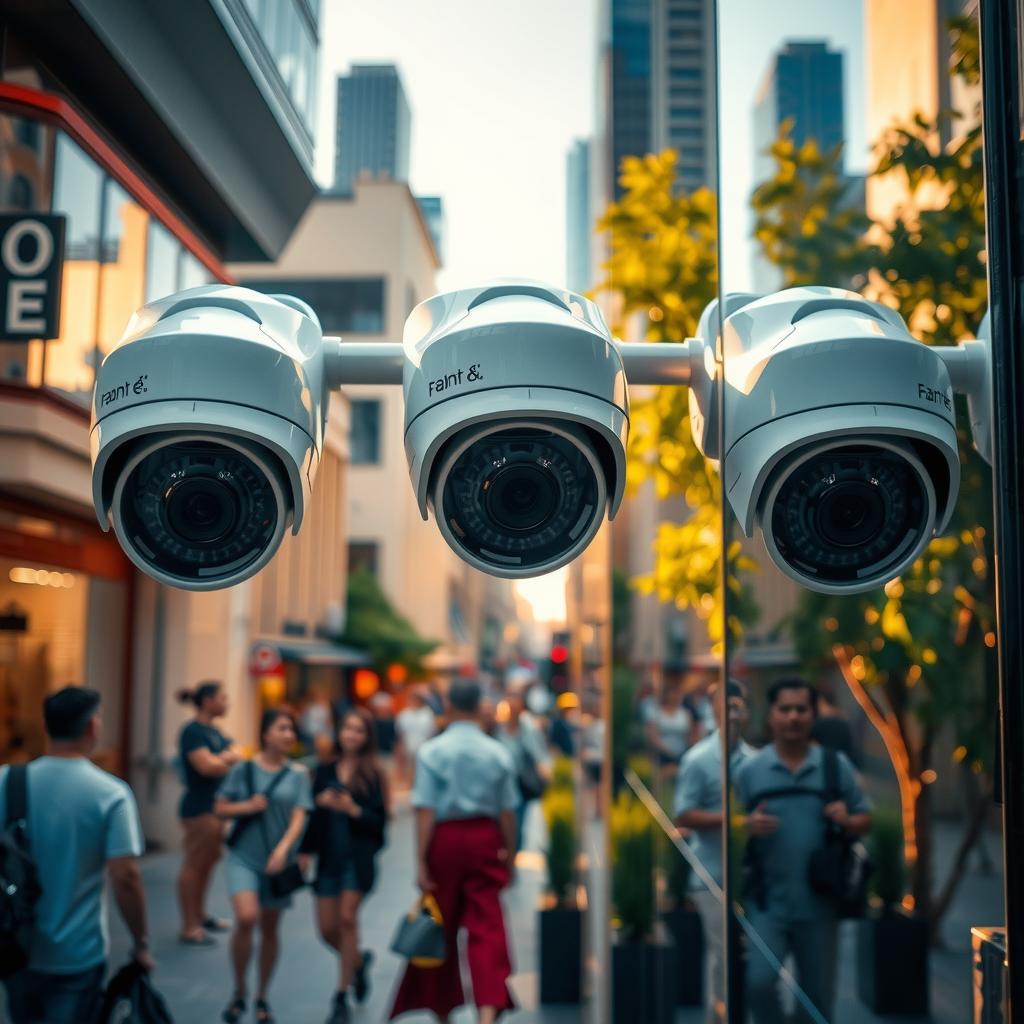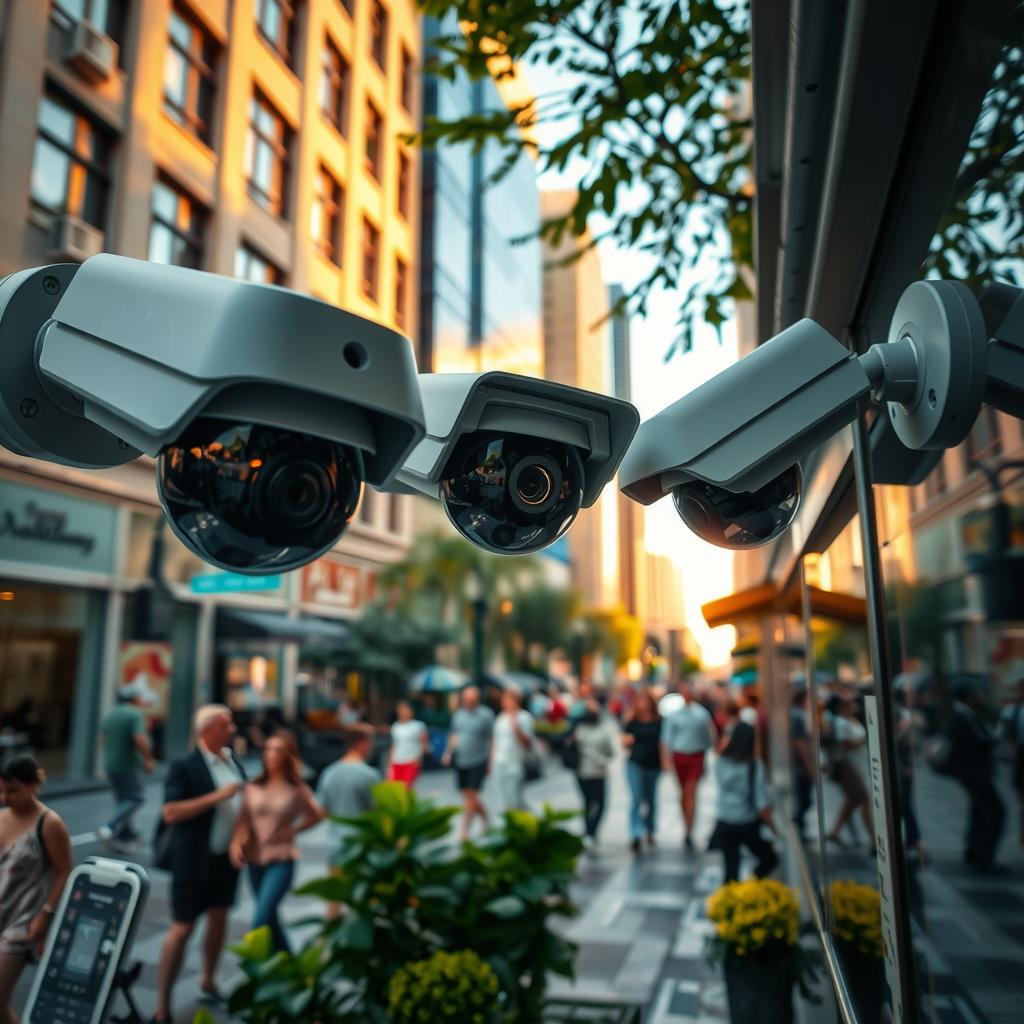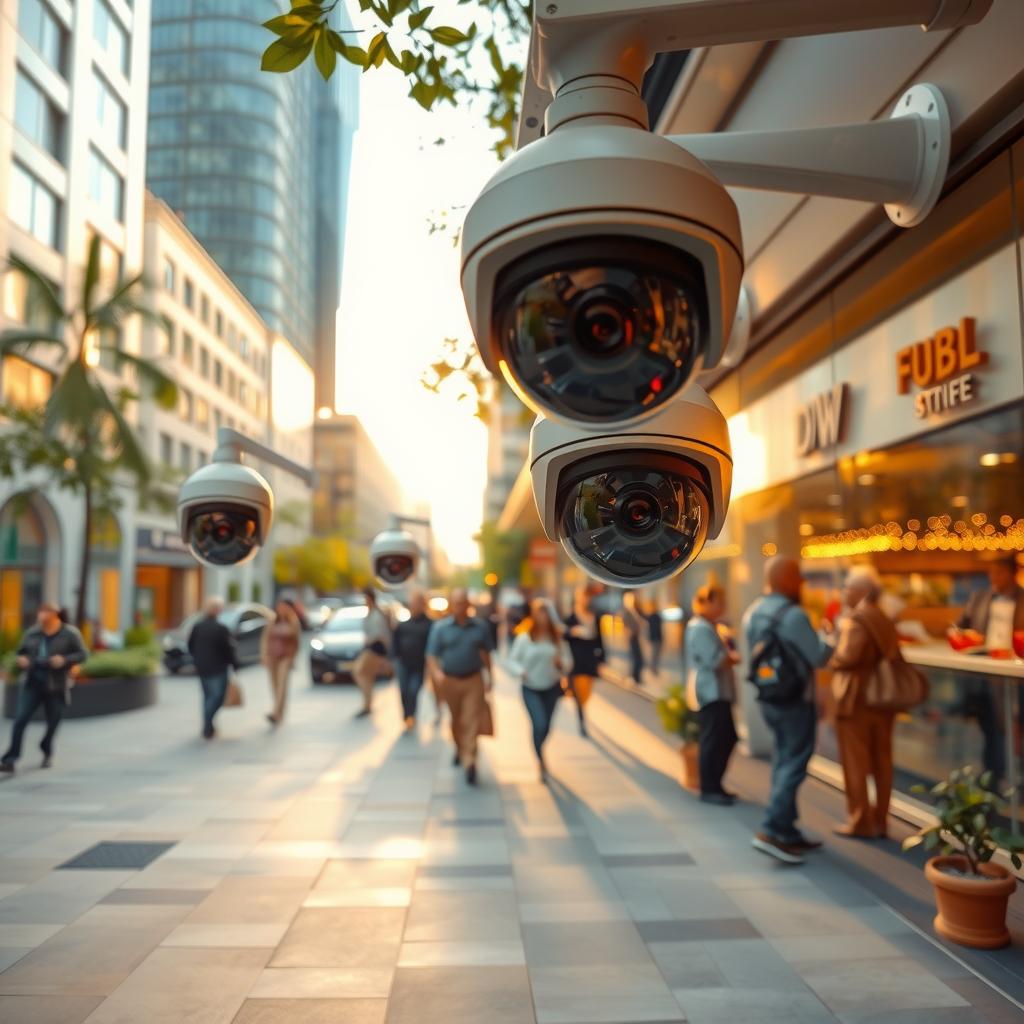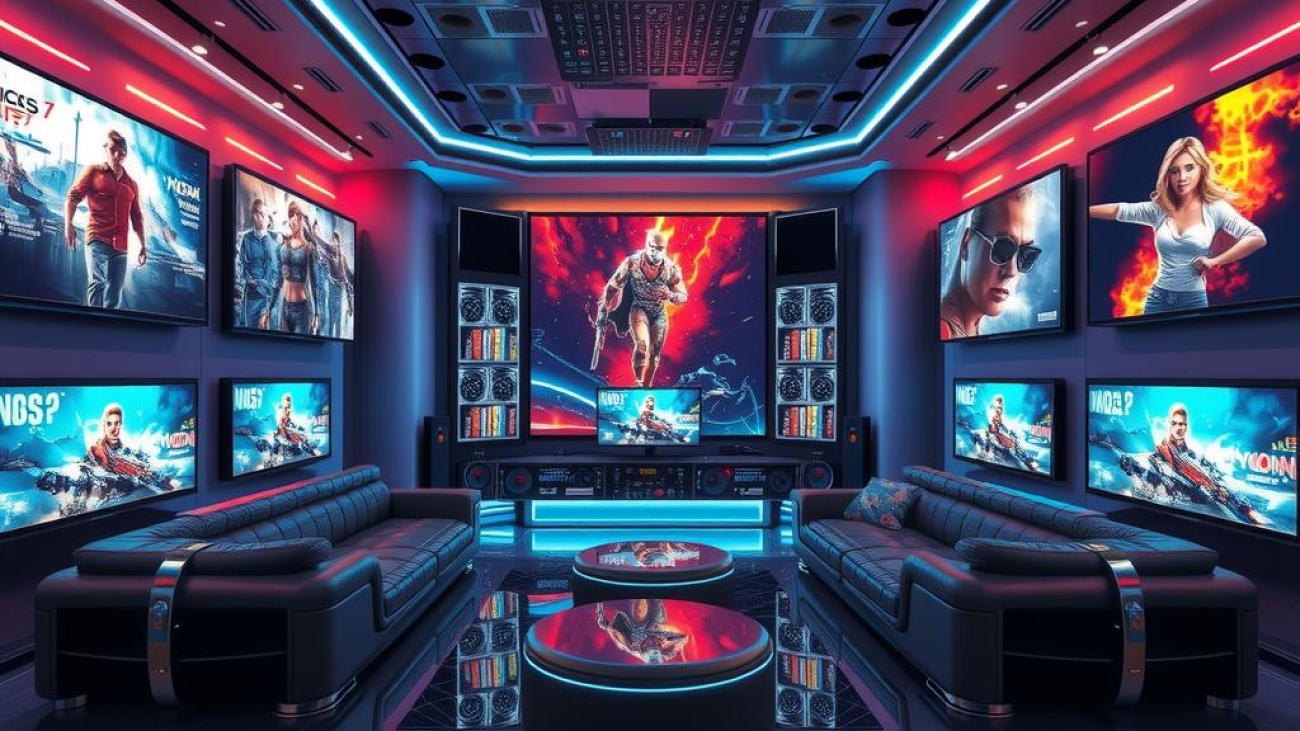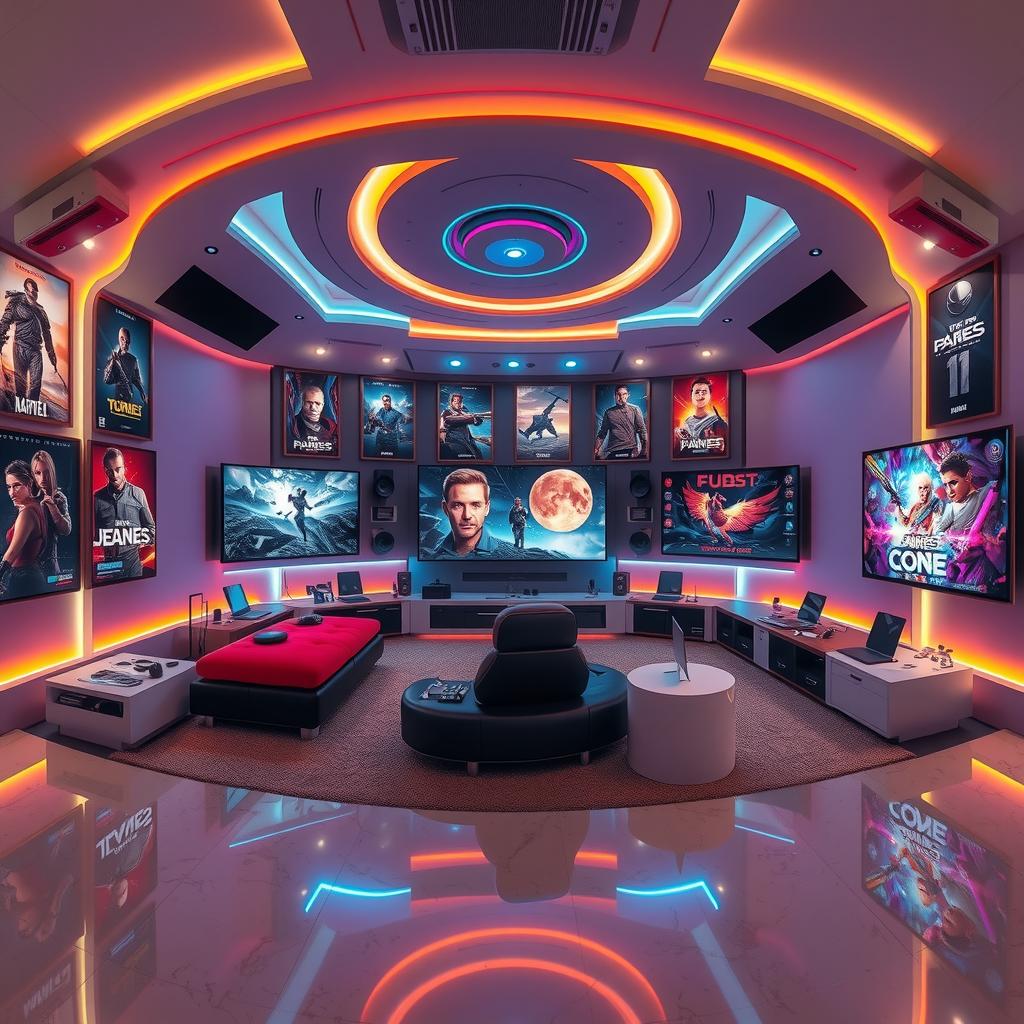Have you ever found yourself shivering in one room while another feels like a sauna? This common frustration stems from traditional heating systems that fail to accommodate varying preferences and needs within the same household. Enter multi zone smart heating, an innovative solution designed to elevate home comfort by allowing precise control over room temperatures. In today’s fast-paced world, where energy efficiency and personalized climate management have become paramount, understanding how multi zone smart heating can revolutionize your living space is vital.
Imagine a scenario where each member of the household can adjust their environment according to personal preference without affecting others—a dream made possible through advanced technology. With multi zone control, homeowners are empowered to set specific temperatures for different areas of their homes, ensuring that everyone enjoys optimal comfort year-round. This not only enhances individual experiences but also contributes significantly to overall energy efficiency, making it an attractive option for those looking to reduce utility bills while being eco-conscious.
The core value of this blog post lies in exploring how multi zone smart heating systems integrate seamlessly into modern home automation solutions. Readers will discover various features such as programmable settings, remote access via smartphones or tablets, and the ability for these systems to learn user habits over time. Such innovations allow for unparalleled temperature regulation, transforming the way families interact with their living spaces by tailoring conditions precisely to their liking.
Furthermore, this article will delve into practical applications of smart heating technologies that contribute not only convenience but also sustainability in everyday life. By optimizing room temperature on demand—whether it’s during peak usage hours or when rooms are unoccupied—homeowners can effectively manage climate conditions without sacrificing comfort or incurring unnecessary costs.
As we navigate through this discussion on effective heating solutions, readers will find themselves equipped with knowledge about how they can implement multi zone smart heating in their own homes—an investment towards a more comfortable lifestyle paired with significant savings on energy consumption. So why settle for discomfort when you could embrace tailored warmth? Let’s explore the transformative power of intelligent temperature control together!
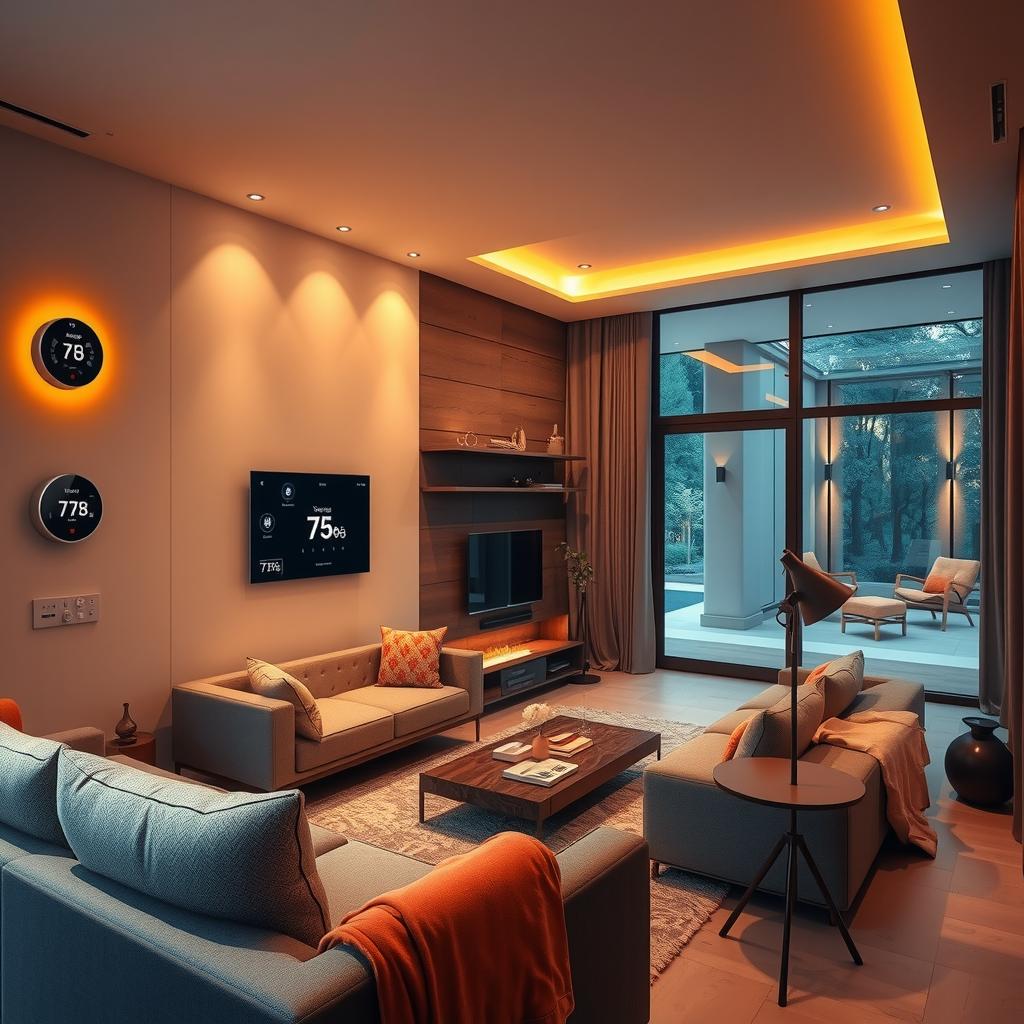
Key Insights:
- Enhanced Temperature Control: Multi Zone Smart Heating offers tailored solutions for precise temperature regulation across different rooms, ensuring optimal comfort levels are achieved according to individual preferences. By allowing independent management of each space, homeowners can enjoy the perfect warmth in one area while maintaining a cooler atmosphere in another.
- Improved Energy Efficiency: This innovative system promotes significant energy savings by minimizing unnecessary power consumption. With the ability to adjust settings effortlessly through home automation features, users can optimize their heating use effectively without compromising on comfort or sustainability.
- Seamless Integration with Smart Technology: As modern homes increasingly adopt smart technologies, integrating multi zone control becomes essential. The ease of using intuitive apps and voice commands enhances daily life while supporting broader climate management goals. This flexibility not only aligns with personal lifestyle choices but also contributes positively to environmental impact through smarter living practices.
The Evolution of Home Heating Systems
A Revolution in Comfort and Control
In the realm of home heating, multi-zone smart heating stands at the forefront as a transformative solution that redefines how homeowners experience comfort. Traditional heating systems often struggle to cater to varying temperature needs across different rooms, leading to discomfort and energy wastage. However, with multi-zone control, each room can be individually managed, allowing for personalized climate management that aligns with individual preferences. This innovative technology enables users to set specific temperatures for different areas of their homes through intuitive interfaces or mobile applications. As a result, families can enjoy tailored comfort while simultaneously optimizing energy efficiency—a crucial consideration in today’s eco-conscious society.
The integration of advanced sensors and smart thermostats into these heating solutions offers unparalleled convenience and precision in temperature regulation. For instance, when someone enters a room, smart heating systems can detect movement and adjust the temperature accordingly—ensuring warmth without wasting resources on unoccupied spaces. Furthermore, these intelligent systems learn from user habits over time; they adapt automatically based on daily routines or preferences communicated via voice commands or app settings. Consequently, households not only benefit from enhanced comfort but also realize significant savings on utility bills by minimizing unnecessary heat distribution.
Energy Efficiency Meets Modern Living
Sustainable Solutions for Today’s Homes
Embracing multi-zone smart heating aligns perfectly with modern living’s demands for sustainability and energy conservation. By allowing homeowners to customize their environments based on usage patterns rather than maintaining an all-encompassing temperature throughout the house, this technology significantly reduces overall energy consumption. Statistics reveal that homes utilizing such innovative systems can cut down their heating costs by up to 30%. With rising concerns about climate change and resource depletion looming larger than ever before, investing in efficient home automation tools like these is not just practical; it’s imperative for responsible stewardship of our planet.
Moreover, leveraging smart home technologies further amplifies the advantages offered by multi-zone setups—integrating lighting controls or window treatments creates an even greater impact on indoor climates without additional strain on existing resources. For example: during sunny days when certain rooms may naturally warm up due to sunlight exposure—automated shades could lower themselves while adjusting corresponding heater outputs accordingly! The synergy between various elements within a smart ecosystem exemplifies how thoughtful design promotes both environmental responsibility alongside luxurious livability standards demanded today.
Enhanced Comfort Through Technology
Customization Redefined
With advances in digital technology paving new pathways toward ultimate convenience at home—it’s no surprise that consumers are leaning towards customizable options like multi-zone smart heating. Imagine coming back from work after an exhausting day only to find your living space perfectly attuned—not too hot nor cold—but just right! Personalized experiences are becoming increasingly important as people seek ways not merely adopt conveniences but enhance enjoyment within everyday life contexts such as where they live.
Additionally noteworthy is how seamlessly integrated this system works across diverse architectural styles—from sprawling estates equipped with grandiose ceilings requiring differentiated approaches versus cozy apartments needing focused targeted warmth instead—all achievable through versatile zoning capabilities inherent within effective installations designed specifically around unique layouts encountered regularly across residential landscapes worldwide today!
Technological Integration Simplifying Life
Future-Proofing Your Space
As we propel ourselves deeper into an era dominated by technological advancements—the role played by innovations like multi zone control cannot be overstated regarding future-proofing homes against shifting societal trends demanding adaptability alongside efficiency alike! Investing upfront will yield dividends long-term given fluctuating weather patterns combined increasing consumer expectations- thus creating demand whereby traditional methods simply fall short meeting contemporary criteria sought out constantly evolving lifestyles prevalent now more than ever before!
Ultimately one must recognize—as evident throughout discussions above—the value embedded within adopting smarter methodologies concerning managing indoor climates effectively resonates well beyond mere aesthetics alone; it embodies lifestyle evolution converging harmoniously together embracing innovation whilst nurturing cherished traditions synonymous historically tied closely family dwellings nurtured lovingly over generations past shaping legacies built upon trust camaraderie intimacy shared moments fostering connections forged lasting memories create foundations happiness therein lies heart essence what truly makes “home” feel special indeed!
The Advantages of Multi-Zone Control in Modern Heating Solutions
Revolutionizing Temperature Regulation for Energy Efficiency
Multi-zone control is transforming the way homeowners approach heating and climate management, particularly through innovative solutions such as multi zone smart heating. This technology allows for precise temperature regulation in different areas of a home, catering to individual preferences while significantly enhancing energy efficiency. By enabling users to set varying temperatures across multiple rooms, this system effectively minimizes wasteful energy expenditure typically associated with traditional single-zone heating systems. For instance, instead of heating an entire house uniformly—even unoccupied spaces—homeowners can now focus their energy usage on specific zones where it matters most.
The benefits extend beyond mere convenience; they also contribute positively to environmental sustainability. According to studies, homes equipped with multi zone smart heating can reduce their overall energy consumption by up to 30%. This reduction not only translates into lower utility bills but also means a decreased carbon footprint—a vital consideration in today’s climate-conscious society. Additionally, advanced features like programmable thermostats and mobile app controls allow homeowners to monitor and adjust room temperatures remotely, further optimizing their energy use based on real-time occupancy patterns.
As households increasingly embrace automation technologies, integrating multi-zone control becomes even more essential within the broader context of home automation systems. It provides seamless interaction between different devices for streamlined operation—such as coordinating lighting with temperature settings—which enhances user experience while supporting sustainable practices at home.
Moreover, when considering long-term investments in heating solutions, the tangible savings achieved from implementing multi zone smart heating underscore its value proposition. Not only does it help manage costs effectively over time due to reduced reliance on fossil fuels or electricity during peak hours—but it also aligns perfectly with growing consumer demand for eco-friendly living environments.
In summary, adopting multi-zone control systems fosters significant improvements in both comfort levels and resource conservation within residential spaces. With more people seeking ways to enhance their lifestyles while being mindful of environmental impacts, investing in technologies that offer tailored temperature regulation like those provided by multi zone smart heating stands out as a strategic choice—not just economically beneficial but crucially aligned with sustainable living objectives.
Promoting Sustainable Living through Advanced Heating Solutions
Multi-zone control stands at the forefront of promoting sustainable living practices that resonate deeply with modern consumers’ values regarding energy efficiency and responsible resource management. The implementation of multi zone smart heating allows households not only flexibility but also greater accountability towards their ecological footprint by tailoring heat distribution according to specific needs throughout various times during day-to-day life.
This capability contributes directly toward effective climate management strategies implemented across residential landscapes today; families no longer needlessly expend resources on unoccupied rooms or areas requiring less warmth than others do because each space can be independently regulated based on unique factors such as sun exposure or occupancy behavior patterns observed over timeframes specified by users themselves via intuitive interfaces provided alongside these systems.
Furthermore—and perhaps most importantly—the social implications surrounding enhanced awareness about personal contributions towards global warming cannot be overlooked either: As individuals realize how much power they possess simply through adjusting settings available via tools like apps designed specifically around controlling features enabled within these frameworks (like those offered under the banner ‘smart’), there emerges an intrinsic motivation driving lifestyle changes aimed at reducing consumption rates overall—all stemming from experiences empowered through cutting-edge innovations featuring robust offerings found exclusively among leading providers specializing within domains related specifically back down onto technological advancements seen embodied exemplified fully represented clearly illustrated via top-tier options including reliable models showcasing full range capabilities inherent therein comprising noteworthy mentions encompassing terms synonymous describing aspects entailed along lines drawn connecting dots together elucidated thoughtfully articulated connections made apparent highlighting intersectionality existing intertwined linking nodes residing simultaneously coexisting harmoniously present alongside notions encompassed defined respectively associated intricately woven throughout fabric narrative crafted compellingly unfolding insights shared illuminating journeys embarked upon collectively engaging aspirational pursuits rooted firmly grounded aspirations guiding paths forward paving ways enhancing futures envisioned brightening horizons ahead promising possibilities awaiting discovery enveloping realms filled wonder excitement boundless opportunities infinite potentialities waiting unveil hidden treasures yet uncovered ripe explored nurtured flourished grown cultivated tended lovingly embraced treasured cherished reverently honored upheld enduring legacies passed down generations inspired continue striving progress ongoing endeavors fueled passion creativity ingenuity resilience hope unwavering commitment forging brighter tomorrow’s worthy lasting impact echoing eternity beckoning call heed inviting all join hands journey share vision united front advocating change sparking transformation inspiring collective action embracing responsibility shaping destiny charted mutually agreed principles fostering cooperation understanding solidarity framing narratives lived experiences enriched vibrant tapestry diversity unity strength shining beacon light guiding navigate complexities world swirling chaos amidst cacophony voices clamoring drown din dissonance rising harmony resonating sweet symphony coexistence interwoven intricate dance universe spinning beautifully orchestrated grand design unfolds revealing interconnectedness binding us one another transcending boundaries bridging divides weaving threads love compassion empathy respect dignity uplift humanity elevates consciousness illuminates pathways enlightenment empower rise reclaim narratives once silenced amplify amplify amplify let echo resound far wide reaching hearts souls everywhere harmonies celebrating differences finding common ground nurture growth thrive rejoice celebrate live truly authentically connected essence existence
Understanding Multi-Zone Smart Heating Systems
Revolutionizing Home Climate Management
In recent years, the rise of multi-zone smart heating has transformed how homeowners approach climate management. This innovation allows for precise temperature regulation in different areas of a home, catering to individual preferences and needs. With the ability to control each zone independently, residents can enjoy personalized comfort while optimizing energy efficiency. Traditional heating methods often lead to uneven temperatures across spaces—some rooms might be too warm while others remain chilly. However, with smart heating solutions integrated into a multi-zone system, this issue is effectively addressed by allowing targeted heat distribution based on actual usage patterns and occupancy levels.
Moreover, these systems can be controlled remotely through mobile applications or home automation hubs, making it easier than ever for users to adjust settings on-the-go. For instance, if a homeowner knows they’ll be away during the day but requires warmth upon return in specific rooms such as living spaces or bedrooms, they can easily program their multi-zone smart heating system accordingly. This level of convenience not only enhances user experience but also contributes substantially to energy savings—an essential feature that aligns with contemporary sustainability goals.
The Benefits of Energy Efficiency
Saving Money While Staying Comfortable
Implementing multi-zone smart heating systems offers significant advantages regarding energy efficiency and cost savings. By enabling users to set different temperatures for various zones within their homes based on actual needs—like turning down the heat in unused guest rooms—the overall consumption of energy is greatly reduced. This strategic use of resources not only diminishes utility bills but also lessens environmental impact by minimizing carbon footprints associated with excessive power consumption.
Additionally, many modern smart heating solutions come equipped with learning capabilities that adapt over time according to user habits and routines. These intelligent features ensure that optimal temperatures are maintained without unnecessary running costs; thus providing both comfort and economic benefits throughout seasonal changes. Furthermore, integrating these advanced technologies into existing home automation frameworks paves the way toward comprehensive climate management solutions that extend beyond mere temperature control.
Seamless Integration Strategies
Tips for Implementing Smart Heating Solutions
Transitioning towards a fully functional multi-zone setup may seem daunting at first; however, several practical tips simplify this process significantly when implementing smart heating in residential environments. Initially assessing current infrastructure is imperative: inspecting existing ductwork or radiators assists in determining necessary upgrades or modifications required before installation begins.
Once preliminary evaluations are complete—and ideally alongside professional assistance—a homeowner should consider investing in high-quality thermostats designed specifically for zoned control functionalities offered by various manufacturers specializing in home automation products today like Nest or Ecobee’s offerings featuring intuitive interfaces suited even for novice users seeking flexibility within their daily routines.
Moreover—for those looking at DIY options—wireless thermostat kits allow easy integration without invasive installations compromising aesthetics throughout interiors whilst maintaining versatility based around lifestyle choices made comfortably accessible via smartphone apps whenever needed across multiple platforms available online!
Future Trends in Home Automation
Embracing Innovation Through Advanced Technologies
As technology continues evolving rapidly within our homes today—it’s crucial not only keep pace but embrace future possibilities surrounding innovations like multi-zone smart heating systems fueling advancements toward smarter living! Emerging trends indicate an increased focus on interoperability among devices fostering seamless connectivity between diverse brands operating under varying ecosystems—from Amazon Alexa-enabled speakers coordinating automated schedules dynamically responding according unique family requirements expressed through voice commands enhancing accessibility further still!
Another noteworthy trend involves incorporating artificial intelligence (AI) algorithms capable analyzing behavioral patterns influencing preferred room temperatures automatically adjusting settings accordingly prompting maximum comfort while ensuring optimal performance aligned strictly against environmental standards established globally reflecting responsibility held collectively towards nurturing sustainable practices moving forward collaboratively transitioning into greener infrastructures shaping healthier societies overall!
FAQ:
Q: What is multi zone smart heating and how does it work?
A: Multi zone smart heating refers to an advanced system that enables precise control of room temperatures across different areas of a home. It works by utilizing smart technology to manage individual heating sources in each room, allowing homeowners to customize their settings based on personal preferences. This level of temperature regulation enhances comfort while promoting overall energy efficiency, as it ensures that only occupied spaces are heated according to need.
Q: How can adopting multi zone control benefit my energy consumption?
A: By implementing a multi zone smart heating system, homeowners can significantly reduce energy waste. Unlike traditional systems that heat the entire house uniformly, this innovative approach allows for independent management of each room’s temperature. As a result, areas not in use can remain cooler or even unheated, leading to considerable savings on energy bills while maintaining optimal comfort levels throughout the home.
Q: Is it easy to integrate smart heating into my existing home automation setup?
A: Yes, integrating multi zone smart heating into your current home automation infrastructure is typically straightforward. Many modern systems are designed for compatibility with popular platforms and can be controlled through user-friendly apps or voice commands. This seamless integration provides homeowners with enhanced climate management capabilities and convenient access to adjust their settings as needed, making daily life more comfortable and efficient.
